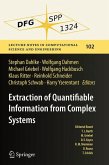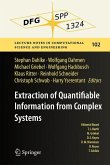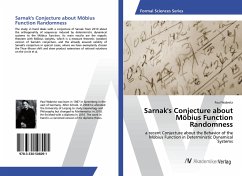Revision with unchanged content. Formal proofs of interesting mathematical theorems are usually too large and full of trivial structural information, and hence hard to understand and analyze. Techniques to extract specific essential information from these proofs are needed. This book describes four algorithms to extract a Herbrand sequent of the end-sequent of proofs written in Gentzen's Sequent Calculus LK for classical First-Order Logic. Within this calculus, we define a Herbrand sequent as a generalization of Herbrand disjunction, and its extraction can be used to summarize the creative information of a formal proof, which lies on the instantiations chosen for the quantifiers. One of these algorithms has been implemented in CERes (Cut-Elimination by Resolution), an automated system for proof transformations and analysis.
Bitte wählen Sie Ihr Anliegen aus.
Rechnungen
Retourenschein anfordern
Bestellstatus
Storno








